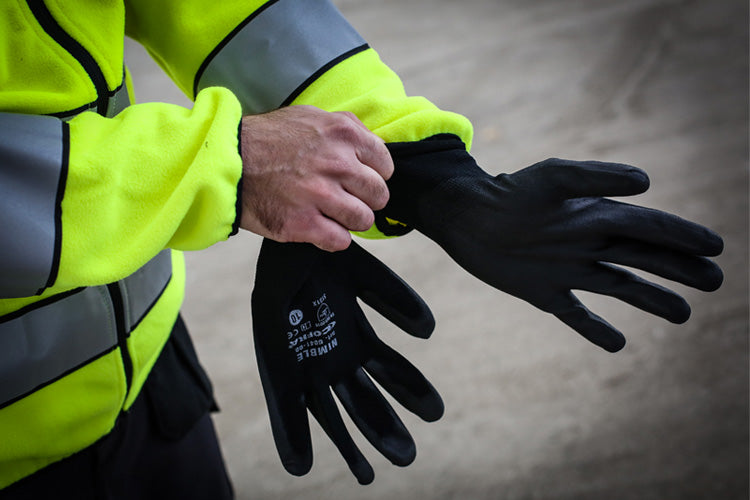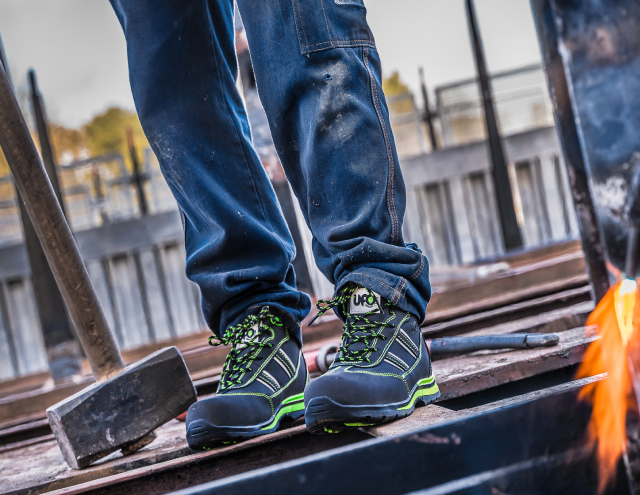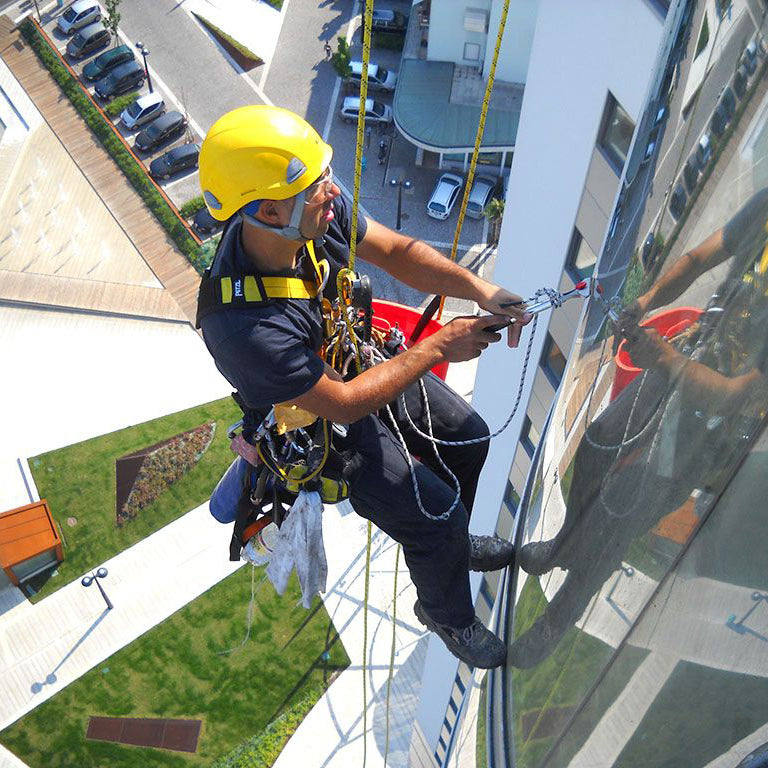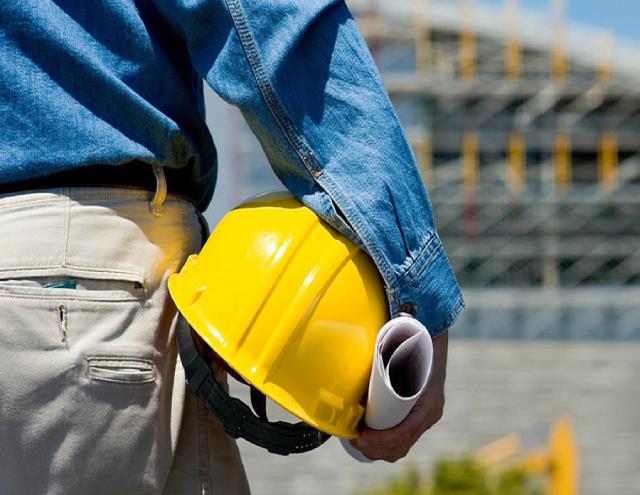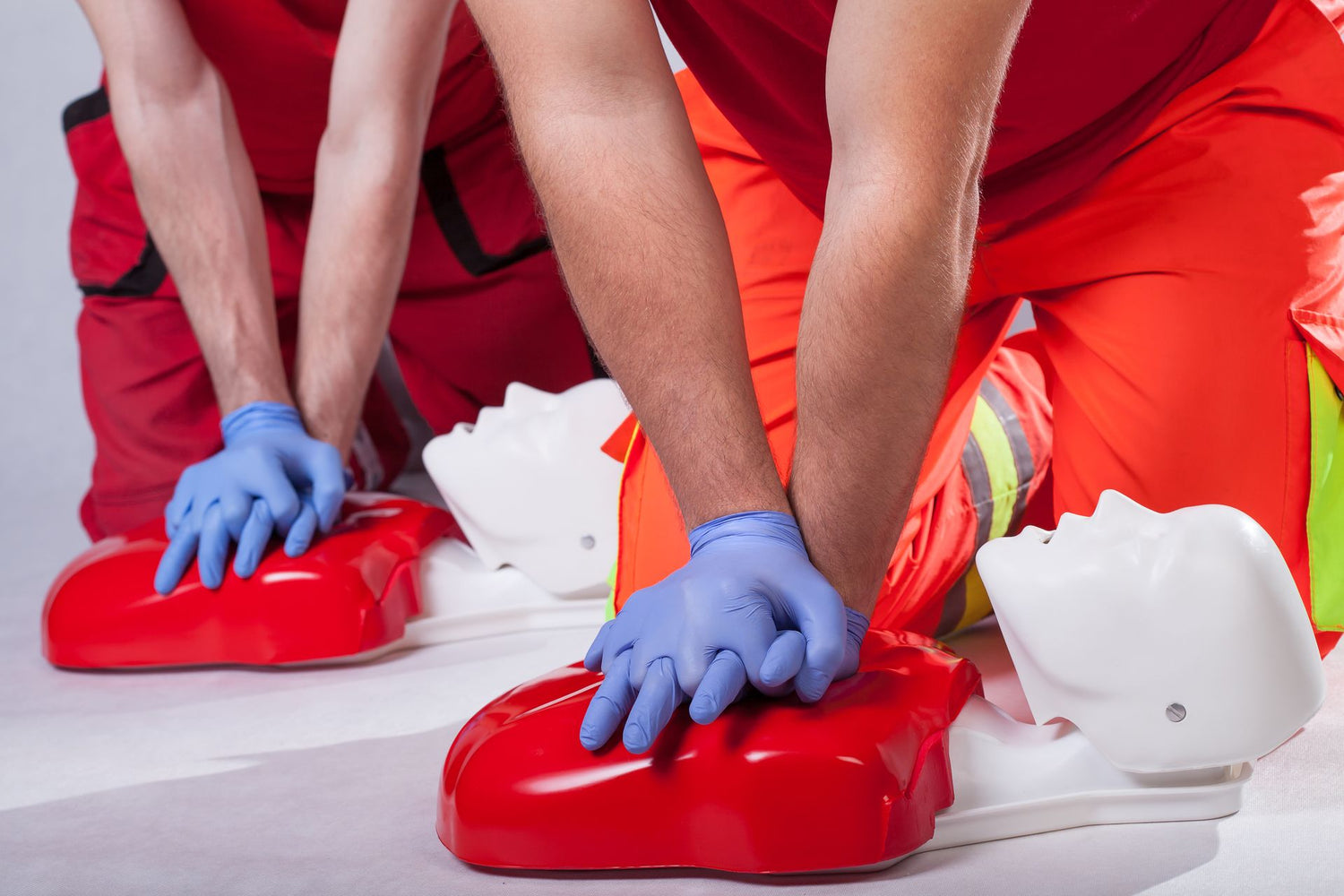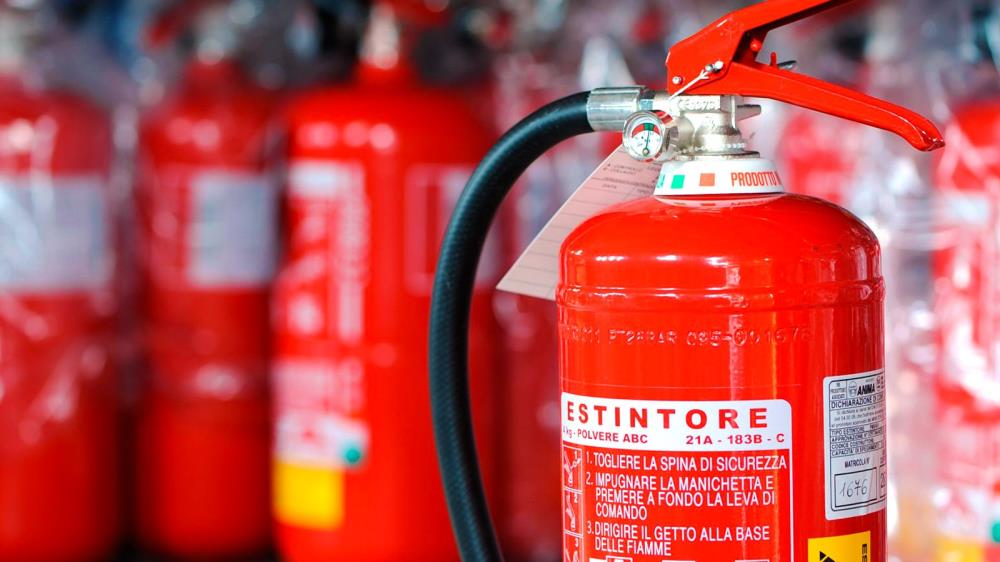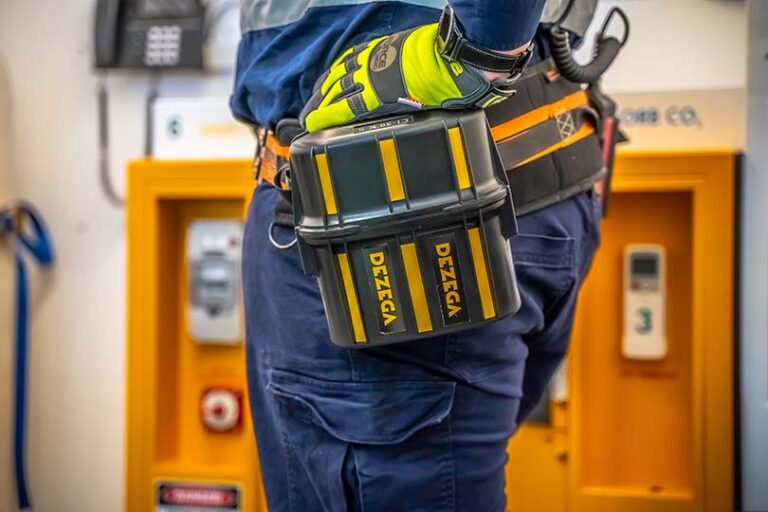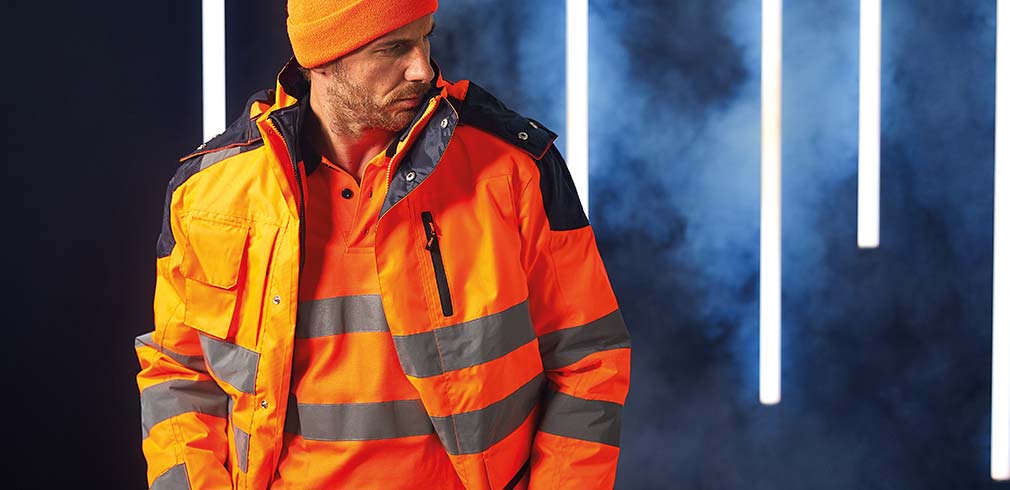Let's take a look at 8 common mistakes in wearing helmets and discuss together which is the correct procedure to implement.
Mistake 1:
Discard hard hat instructions immediately.
The detailed instructions are supplied with the helmet and are absolutely essential - there is indeed a lot of useful information inside. For example, it explains how to adjust the size of the helmet, how many months the helmets can be used, at what temperature to store them, etc. Therefore, it is necessary to read them thoroughly and keep them carefully so that they can be consulted just in case.
Mistake 2:
Use the helmet for purposes other than those recommended.
A helmet is a necessary accessory to protect your head while working on a construction site or in a workshop. The helmet material is strong, but it is designed for a certain load and cannot protect against all kinds of impacts.
Therefore, if the helmet is intended for construction, it should not be used for rock climbing or in place of a protective helmet in a specific sport. There are PPE specially designed for every occasion: we respect the specification for which our helmet was designed!
Mistake 3:
Do not inspect a helmet before putting it on
Each time before use, it is necessary to check the helmet at least briefly and make sure that there are no cracks, deformation and various malfunctions. Inspect the surface of the helmet itself inside and out, check the fitment and chin strap as well as the fasteners – make sure everything is indeed intact.
Mistake 4:
Handle the helmet carelessly.
A helmet will wear out much faster if you sit on it, put heavy objects on it, or throw it against a hard surface. The material is strong, but once again it is not necessary to test its resistance: it must be used with care and in any case with attention, like almost all products.
Mistake 5:
Do not adjust the helmet to fit your head
Wearing a helmet "as is" without adjustment is deeply wrong.
Before using the helmet for the first time, you should try it on and adjust it to exactly the right size for your head so that it does not swing or compress. Don't forget to adjust the chin strap too. If you are unable to fit the helmet and it is still uncomfortable, it means that the helmet is not right for you and you should try and choose another model.
Mistake 6:
Ignore the permitted temperatures.
Each helmet model has a permitted temperature range in which it can be worn and stored. In the instructions this information is always indicated.
First, you need to pay attention to the maximum permissible temperature. For ordinary helmets, it is most often + 50 ° C. This means that such a helmet should not be left in direct sunlight, placed next to a hot battery, etc.
Secondly, it is important to respect the minimum temperature. For several models, this goes down to -30°С, sometimes even down to -50°С. You should always keep in mind even the lowest temperature that the helmet allows: otherwise the helmet could break from the cold.
Mistake 7:
Allow chemicals to come into contact with the helmet
Solvents, paints and varnishes, glue, petroleum products: these must never enter the helmet, as they can irreversibly damage the material. Some models are resistant to chemical agents, but not all and even if they are, extreme care is still recommended.
Mistake 8:
Not replacing a helmet with a new one in time
The helmet can always be used provided it is in good technical condition and provided that its operational life has not expired. If these conditions apply, the case should be discarded: have it disposed of separately or handed over to the appropriate person if the helmet has been released on the job.
The helmet must still be replaced if:
- It was hit hard and broke/damaged;
- Any defects were found on it during the check;
- Safety standards have changed and the helmet does not meet them;
- For whatever reason you doubt the reliability of a helmet, it's always best to play it safe.


